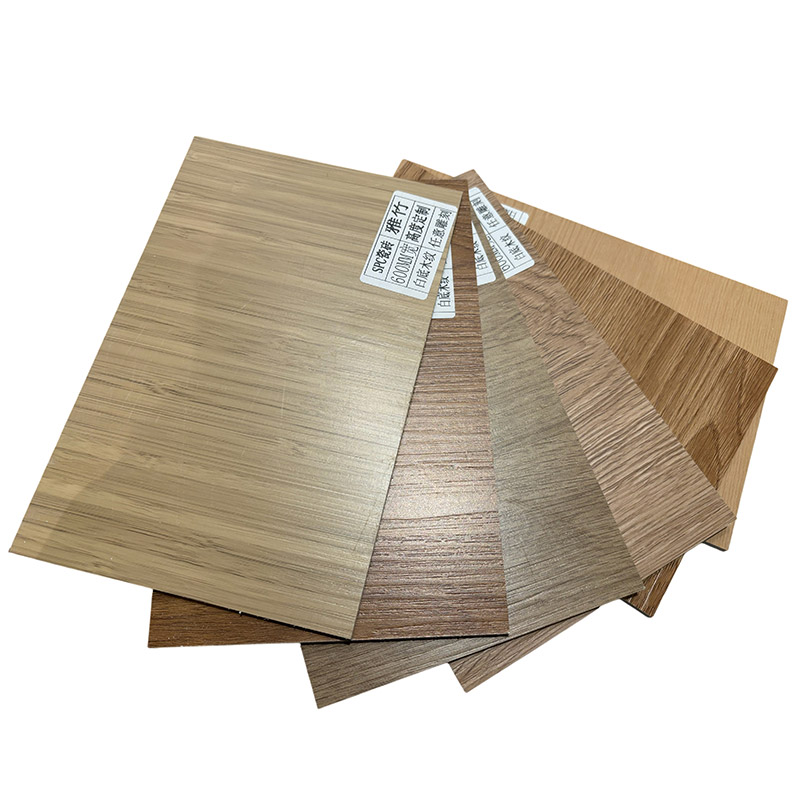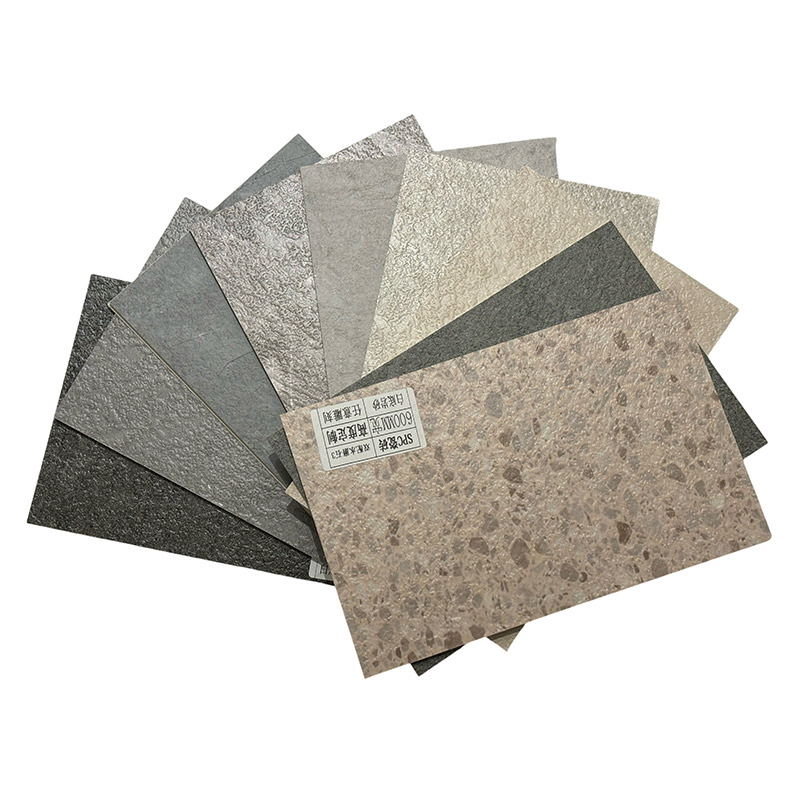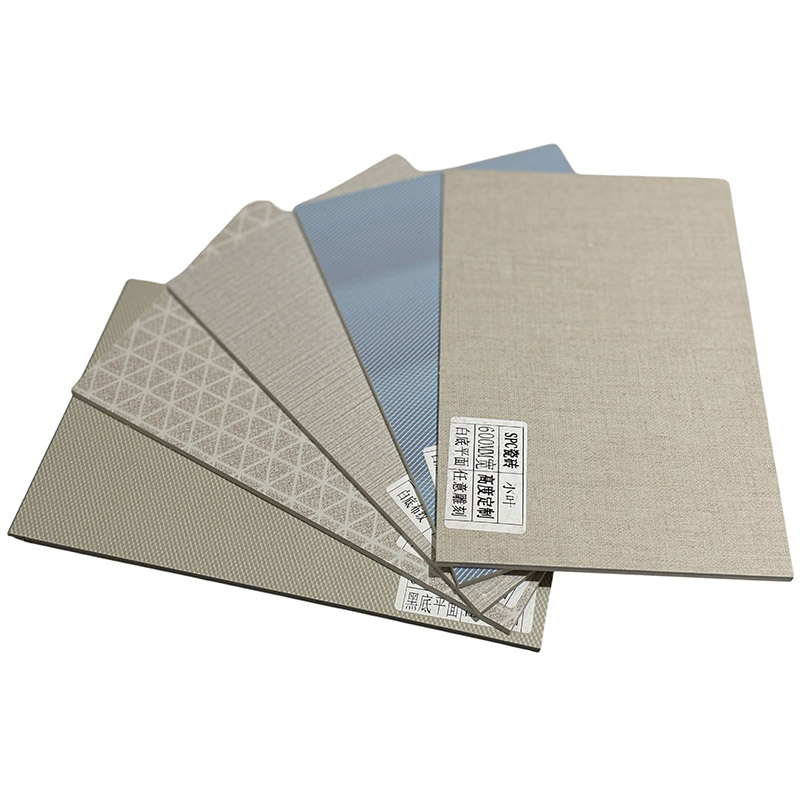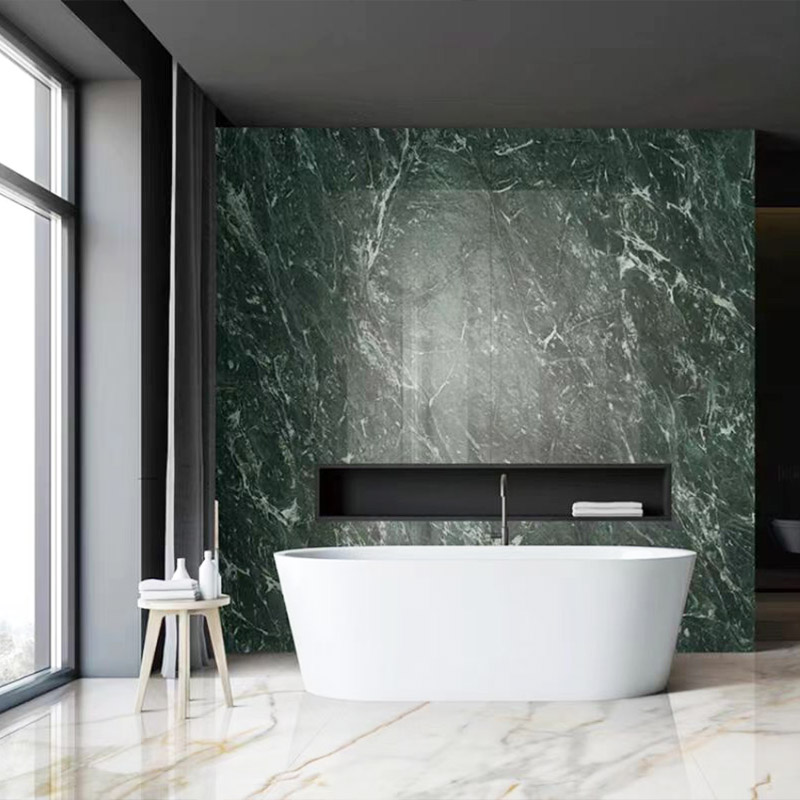How Long Will WPC Wall Panel Outdoor Last If Exposed To Tropical Sunlight?
With the increasing popularity of eco sustainable building materials such as wood plastic composite (WPC) wall panels have become an increasingly popular option for exterior construction since they blend the natural wood texture and the weather-proofing properties of plastic. In tropical regions high UV rays as well as high temperatures and humidity conditions have very demanding requirements for the durability of WPC. Many users are concerned about: How long can WPC wall panels be used in tropical sunshine? How to extend their lifespan?
Table of Contents
Basic Characteristics Of WPC Wall Panel
Material composition and types
WPC wall panel is made of a mixture of wood fiber (such as wood powder, bamboo powder) and plastic matrix (such as PE, PVC, HDPE), and antioxidants, UV stabilizers, etc. are usually added to improve weather resistance. According to the different plastic matrices, it is mainly divided into:
PE-based WPC: low cost, but poor UV resistance and high temperature resistance.
PVC-based WPC: more weather-resistant, suitable for humid and high temperature environments.
HDPE-based WPC: high-density polyethylene substrate, better UV resistance and moisture resistance.
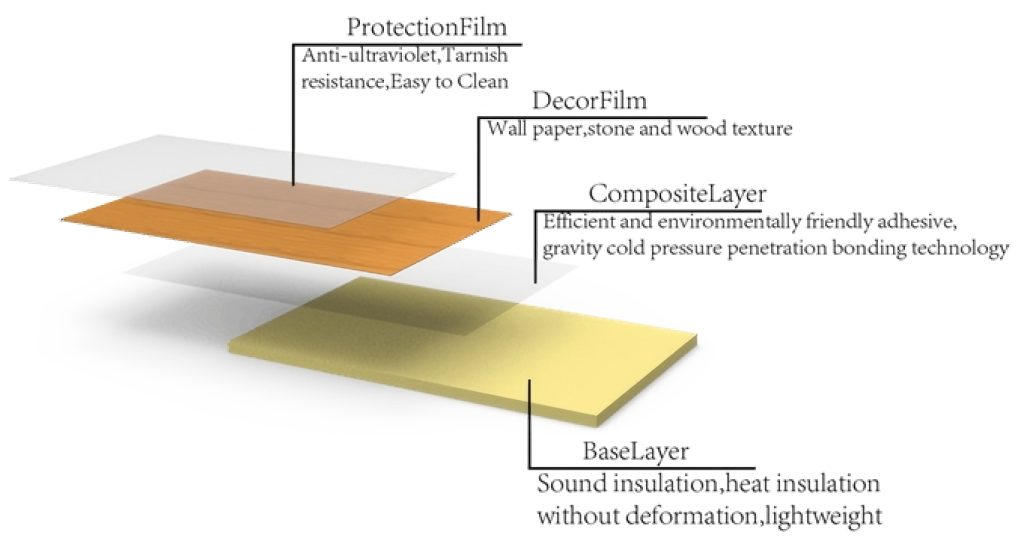
Core Factors Affecting The Durability Of WPC Exterior Wall panel Under Tropical Sunlight
The unique climatic conditions in tropical areas affect the durability of WPC wall panels in many aspects, among which ultraviolet radiation, high temperature and high humidity are the most critical factors.
Ultraviolet radiation
WPC wall panels are composed of wood fibers and plastic matrices, both of which are sensitive to ultraviolet rays. Under long-term ultraviolet radiation, wood fibers will undergo photodegradation reactions, causing the surface of the wall panels to lose their original color and gloss, fade, turn white, etc., seriously affecting the appearance. The plastic matrix is likely to rupture its molecular chain through the ultraviolet radiation that will drastically decrease the mechanical properties of the material. Wall panels with high toughness and impact resistance are gradually becoming brittle. and their resistance to impact will decrease and they will be more susceptible to breaking and damage when they are exposed to external forces.
✅ Solution: Choose a WPC with UV-absorbing substances (such as titanium dioxide, carbon black) or choose an anti-UV coating.
High temperature environment
The summer temperature in the zone is often high, and the temperature of the wallboard surface can rise significantly under direct sunlight. High temperature will accelerate the molecular movement inside the material, reduce the thermal stability of the plastic matrix, and increase the thermal expansion coefficient of the material. When the wallboard is installed with constraints or connected to other components, this thermal expansion will produce large internal stress. As the temperature difference between day and night changes, the wallboard undergoes repeated cycles of thermal expansion and contraction, which can easily cause the joints between the wall panels to loosen and become larger, and even deform and warp, destroying the overall structural stability of the wallboard. However the temperature of the room creates the perfect conditions for development of microorganisms. In the presence of humidity and high humidity the surface of the wallboard is more susceptible to grow algae, mold and so on. It does not just affect the visual impact however, it also slowly erodes the surface and decreases its longevity.
✅ Solution: Choose light-colored panels and reserve 3-5mm expansion joints during installation.
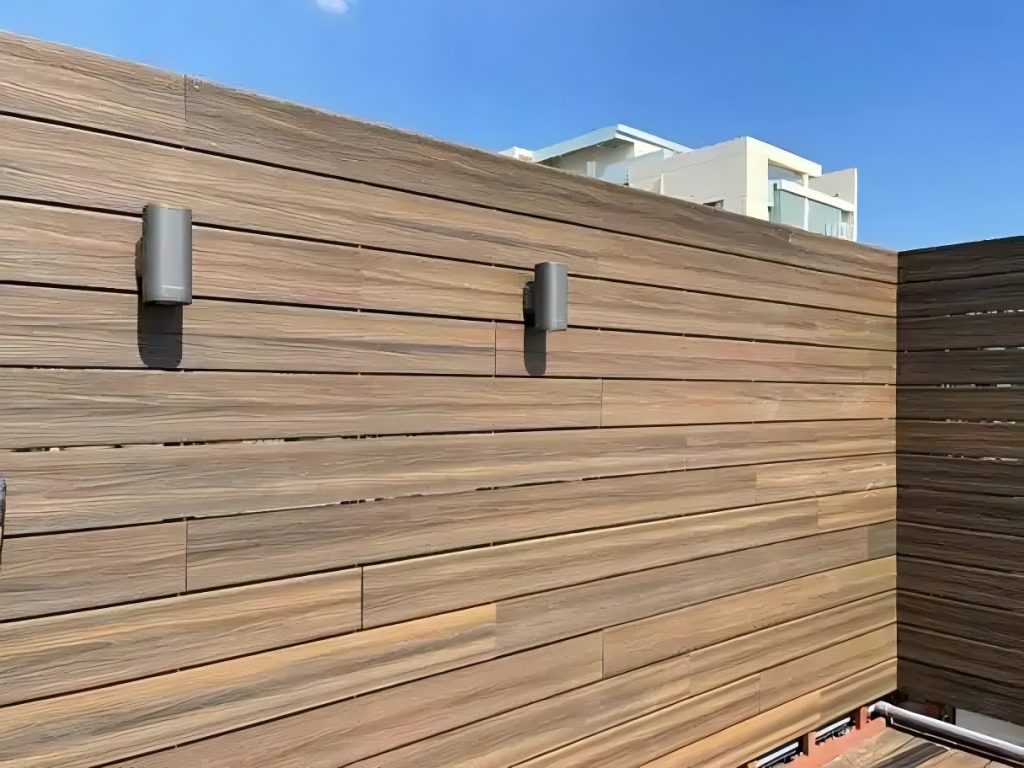
High humidity environment
The tropical region experiences plenty of rainfall with high levels of relative humidity. In such a climate for a long period of time Although WPC wall panels offer an aforementioned level of waterproofness could still seep into the interior via porous parts like joints and pores. Wood fibers will expand after absorbing water, while the plastic matrix has low water absorption. This uneven expansion will produce stress inside the wall panel, which will cause problems such as warping and deformation. In addition, the intrusion of moisture will accelerate the rust of the metal connectors of the wall panel, reduce the strength of the connectors, affect the fixing effect of the wall panel, and in severe cases may cause the wall panel to loosen and fall off.
✅ Solution: Choose WPC with a high plastic content (≥60%) to improve moisture resistance.
Life Expectancy Of WPC Wall Panels In Tropical Areas
| WPC type | Without protective measures | Contains anti-UV agent + regular maintenance |
| Ordinary PE-based WPC | 2-3 years of obvious aging | 5-8 years |
| PVC/HDPE-based WPC | 5-7 years | 10-15 years + |
| High-end UV-resistant WPC | 8-10 years | 15-25 years (in accordance with warranty) |
Extreme environments (such as the equator + coast): lifespan may be shortened by 30%-50%, requiring more stringent maintenance.
How To Extend The Service Life of Outdoor WPC Wall Panels?
1. Purchase suggestions
✔ HDPE or PVC substrates are preferred, as they are more stable and durable than PE substrates.
✔ Check the UV resistance level to ensure that the product contains UV stabilizers, which can effectively delay aging problems caused by sun exposure.
✔ Light colors are more resistant to aging, which can prevent dark wall panels from absorbing too much heat and accelerating material loss.
2. Installation optimization
✔ Ensure that the installation environment has good ventilation and drainage conditions to avoid long-term contact with water and mildew, rot and other problems.
✔ Use stainless steel or galvanized fixings to prevent damage to the wall panel structure caused by rust of fixings from the source.
✔ 3-5mm expansion joints must be reserved during installation to alleviate the thermal expansion and contraction stress of the wall panel caused by temperature changes and reduce the risk of deformation.
3. Regular maintenance
Annual cleaning: Use a soft brush and neutral detergent to get rid of mildew and dirt, maintain the walls clean and prevent stains from the long-term bonding and impacting the performance of the material.
Apply a protective coating every 1-2 years: Using an acrylic sealant or WPC paint that is protective. The protective film will enhance your waterproof, antifouling, and anti-aging abilities that the wallboard.
Check the fixings: reinforce them in time when they are loose to prevent deformation of the wallboard structure due to loose fixing and ensure the overall stability and safety of the wallboard.
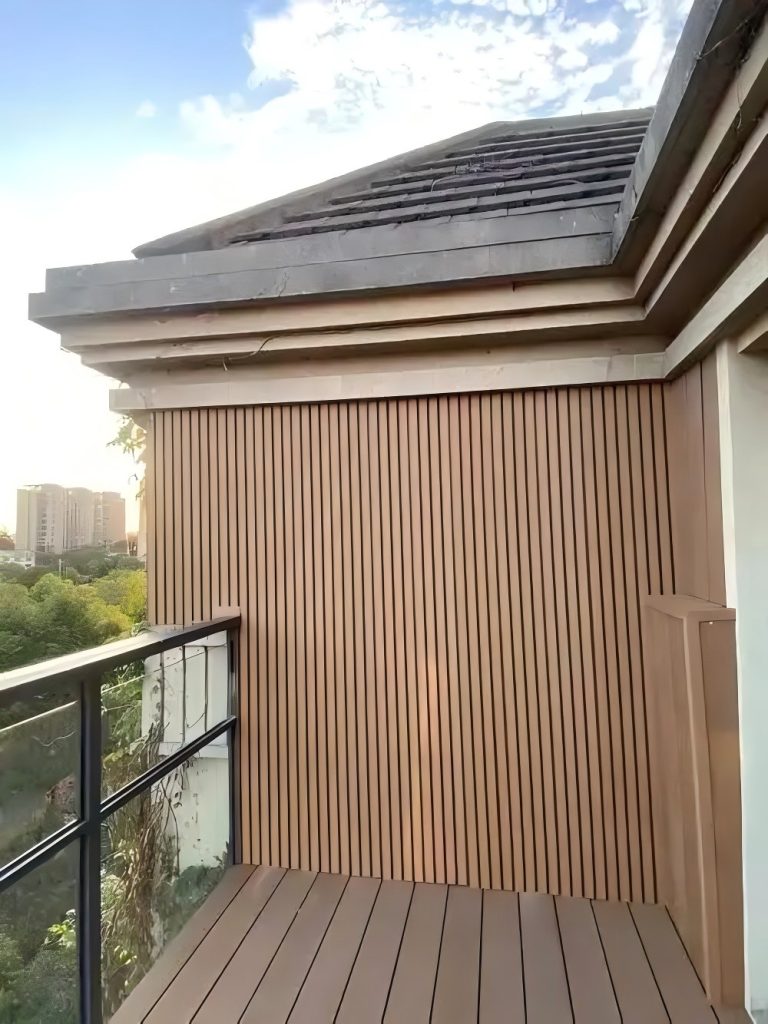
Conclusion and Recommendations
The life expectancy of WPC in the sun’s rays of tropical temperatures ranges between 3 and 25 years, dependent on its quality, its method of installation and the regularity of the maintenance.
Key Recommendations:
Invest in high-quality UV-resistant WPC and avoid frequent replacement.
Strictly follow installation specifications and leave expansion joints.
Perform regular maintenance and apply protective coating every 1-2 years.
As a first-class WPC outdoor wall panel manufacturer in China, we have rich manufacturing experience and can efficiently produce high-quality WPC flooring, while ensuring its durability, environmental protection and aesthetics.

